The Heavenly Chariot: Asteroids In Hindu Epics
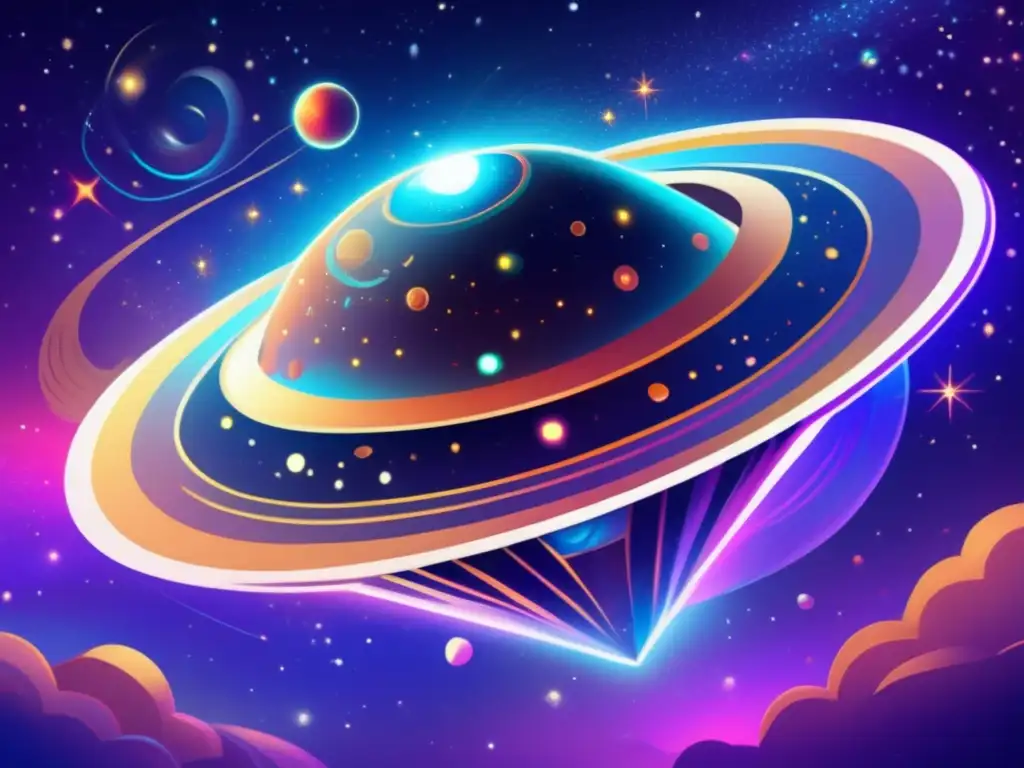
Introduction
From time immemorial, the sky has always fascinated and inspired human beings. This fascination is evident in the myths and legends of various cultures. The Hindu epics are no exception, as they contain references to different celestial bodies, including asteroids. The role of asteroids in Hindu mythology and their significance in ancient Indian culture is the focus of this article.
The Role of Asteroids in Hindu Mythology
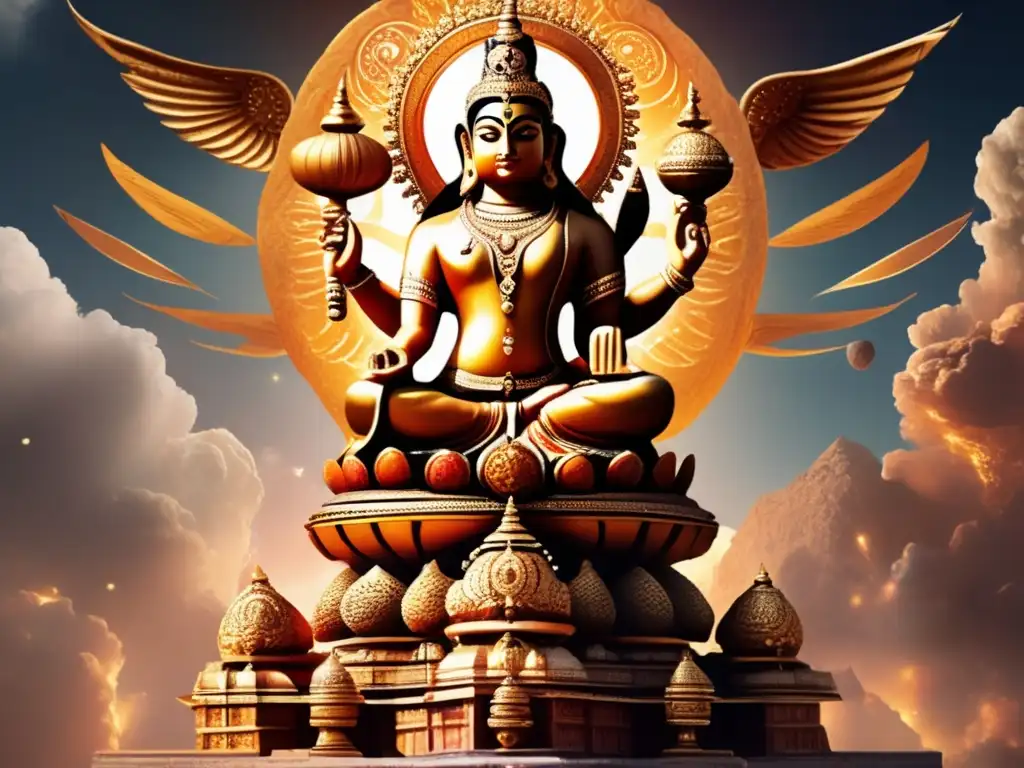
The Story of Rahu and Ketu
Rahu and Ketu are believed to be two of the nine celestial bodies or Navagrahas in Hinduism. According to Hindu mythology, these two entities were not always part of the Navagrahas but were once a single Asura named Svarbhanu. During the Samudra Manthan or the churning of the ocean, Svarbhanu disguised himself as a god and drank the elixir of immortality. However, before he could swallow the elixir, the sun and moon gods, Surya and Chandra respectively, recognized him and informed Lord Vishnu, who then decapitated Svarbhanu with his Sudarshana Chakra. However, as Svarbhanu had consumed the elixir, his head and torso became two separate entities known as Rahu and Ketu.
Astrophysicists believe that this mythological tale of Rahu and Ketu is an allusion to the eclipse phenomena that occurs when the Sun, Moon, and Earth align. During a solar eclipse, the Moon passes between the Sun and Earth, casting a shadow on the latter. Similarly, during a lunar eclipse, the Earth comes between the Sun and the Moon and casts a shadow on the Moon. In Hindu mythology, it is believed that Rahu and Ketu devour the Sun and Moon respectively during eclipses.
The Story of Prahlada and Hiranyaksha
The demon king Hiranyaksha had thrown the Earth into the cosmic ocean, which led to chaos in the universe. Lord Vishnu took the form of a wild boar or Varaha and dived into the ocean to rescue the Earth. During the battle, Hiranyaksha hit Varaha on the head with his mace, causing him to bleed. The droplets of blood that fell from Varaha's head are said to have turned into asteroids.
The Story of the Celestial Chariot
The Hindu epic Mahabharata contains the story of the celestial chariot that was used by the Pandavas during the Kurukshetra war. The chariot was said to be made of gold, silver, and other precious metals and was steered by Lord Krishna himself. It is said that the chariot was equipped with various weapons and had the power to fly. As the chariot moved across the sky, it left a trail of shining objects behind it, which were believed to be asteroids.
The Significance of Asteroids in Hindu Culture

Astrology
In Hindu astrology, the Navagrahas or nine celestial bodies are considered to be the primary influencers of human life. Each planet has its own characteristics and influences various aspects of an individual's life, such as health, wealth, marriage, and career. Astrologers believe that the position and movement of these planets can affect a person's fate and destiny. Asteroids, though not considered as significant as the Navagrahas, are still believed to influence certain aspects of an individual's life.
Astronomy
Ancient Indian astronomers had a fascination for the sky and were keen observers of celestial bodies. They had developed sophisticated methods of tracking the movement of stars and planets. The study of astronomy was an essential part of the Vedic education system, and numerous treatises were written on the subject.
Religious Festivals
Several Hindu festivals are celebrated in honor of celestial bodies. For example, Makar Sankranti is celebrated to mark the Sun's transition into Capricorn, while Holi is celebrated to mark the full moon day of the Hindu month of Phalguna. Similarly, Navratri, which is celebrated over nine days, is dedicated to the nine Navagrahas, including Rahu and Ketu.
Frequently Asked Questions
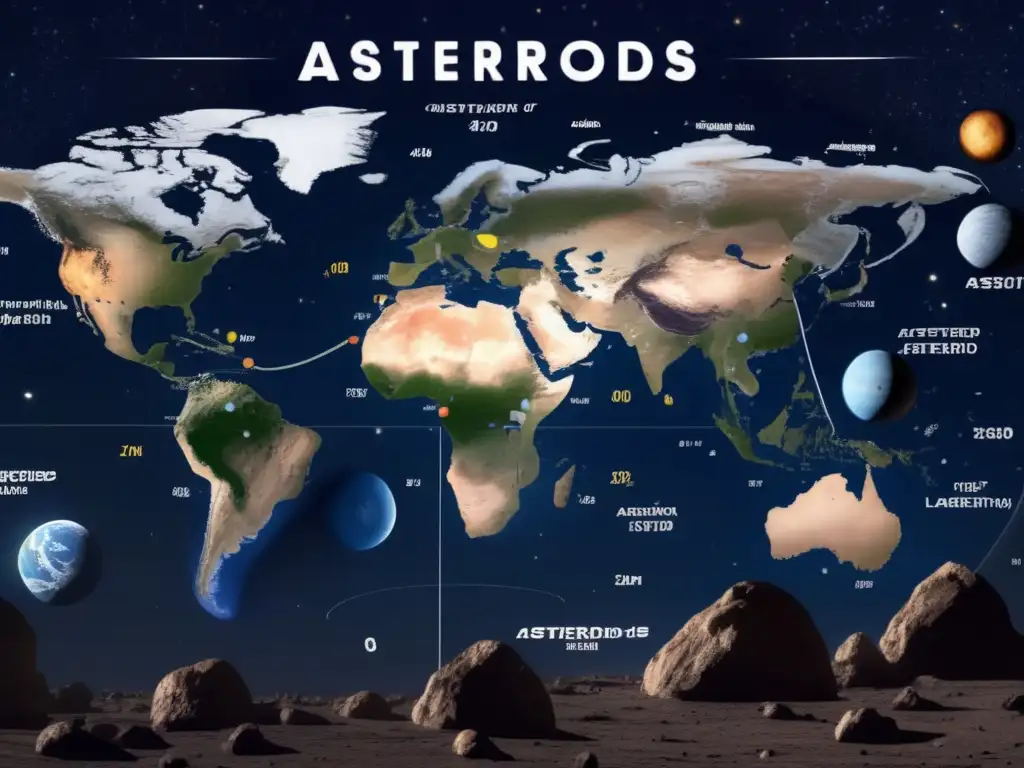
-
What are Rahu and Ketu?
Rahu and Ketu are two of the nine Navagrahas or celestial bodies in Hindu mythology. They are believed to be the severed head and torso of an Asura named Svarbhanu.
-
What is the significance of asteroids in Hindu astrology?
Asteroids are believed to influence certain aspects of an individual's life, just like the Navagrahas. However, they are not considered to be as significant as the other celestial bodies.
-
Why were ancient Indian astronomers fascinated with celestial bodies?
Ancient Indian astronomers considered the study of astronomy to be an essential part of the Vedic education system. They were keen observers of celestial bodies and had developed sophisticated methods of tracking their movements.
-
What Hindu festivals are celebrated in honor of celestial bodies?
Several Hindu festivals are celebrated to mark the movement of celestial bodies. Examples include Makar Sankranti, Holi, and Navratri.
-
What is the story of the celestial chariot in the Mahabharata?
The celestial chariot was said to have been used by the Pandavas during the Kurukshetra war. It was steered by Lord Krishna and was said to be equipped with various weapons and had the power to fly.
Conclusion
Asteroids have played a significant role in Hindu mythology and culture. Myths and legends associated with these celestial bodies have been passed down from generation to generation, and their significance has only grown over time. Ancient Indian astronomers were keen observers of celestial bodies and had developed sophisticated methods of studying them. Astrology and astronomy remain integral parts of Hindu culture, and the study of celestial bodies continues to inspire and fascinate people today.
We hope this article has provided readers with valuable insights into the role of asteroids in Hindu mythology and culture. We encourage readers to continue exploring the fascinating world of asteroids and to engage positively with www.asteroidrealm.com.
Additional Resources
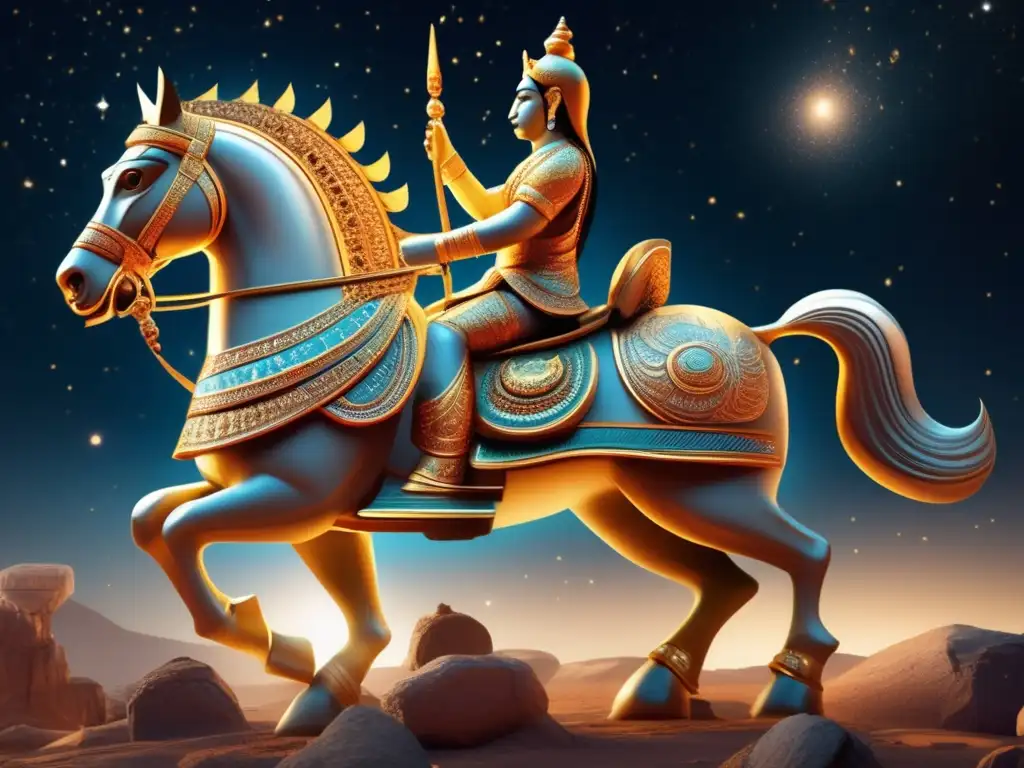
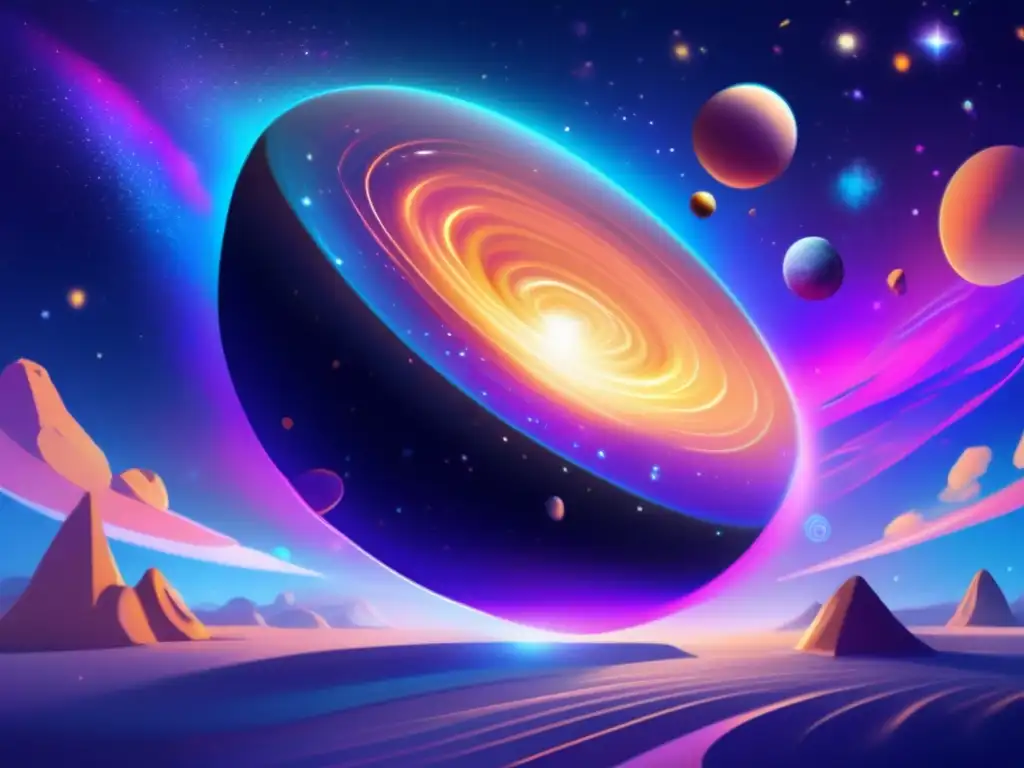 Mayan Myths And The Cosmic Boulder
Mayan Myths And The Cosmic Boulder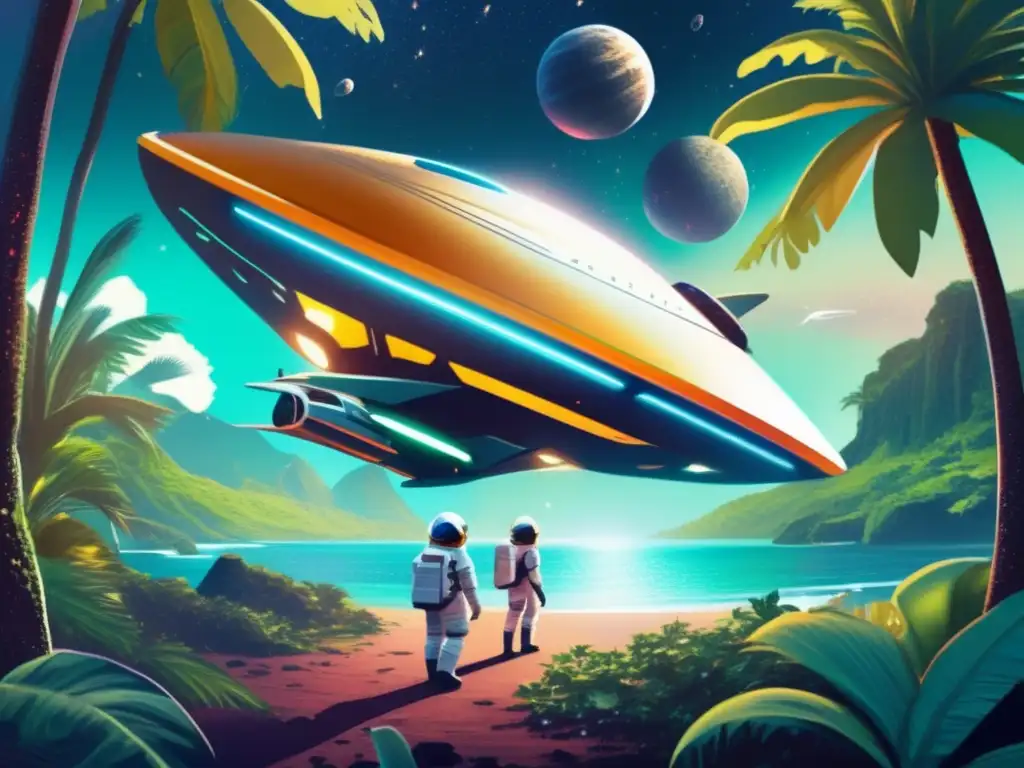 Asteroids In Hawaiian Legends: An Exploration
Asteroids In Hawaiian Legends: An Exploration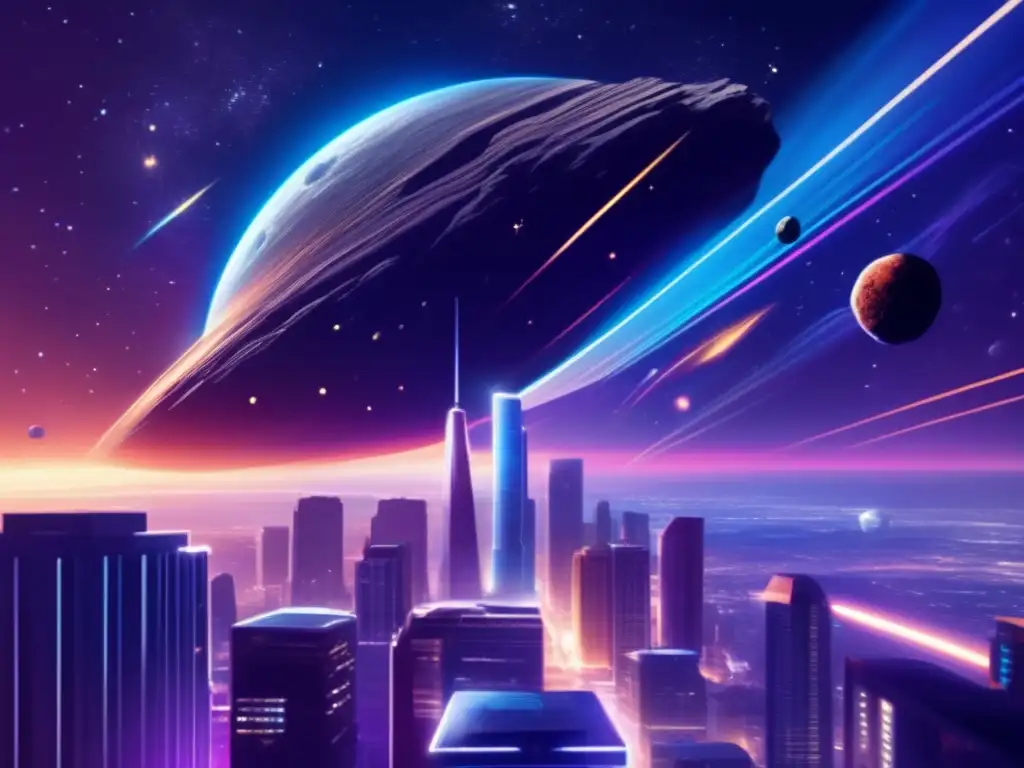 Starry Tales: Asteroids In Ancient Turkish Myths
Starry Tales: Asteroids In Ancient Turkish MythsIf you want to discover more articles similar to The Heavenly Chariot: Asteroids In Hindu Epics, you can visit the Asteroid Mythology category.
Leave a Reply

Articulos relacionados: